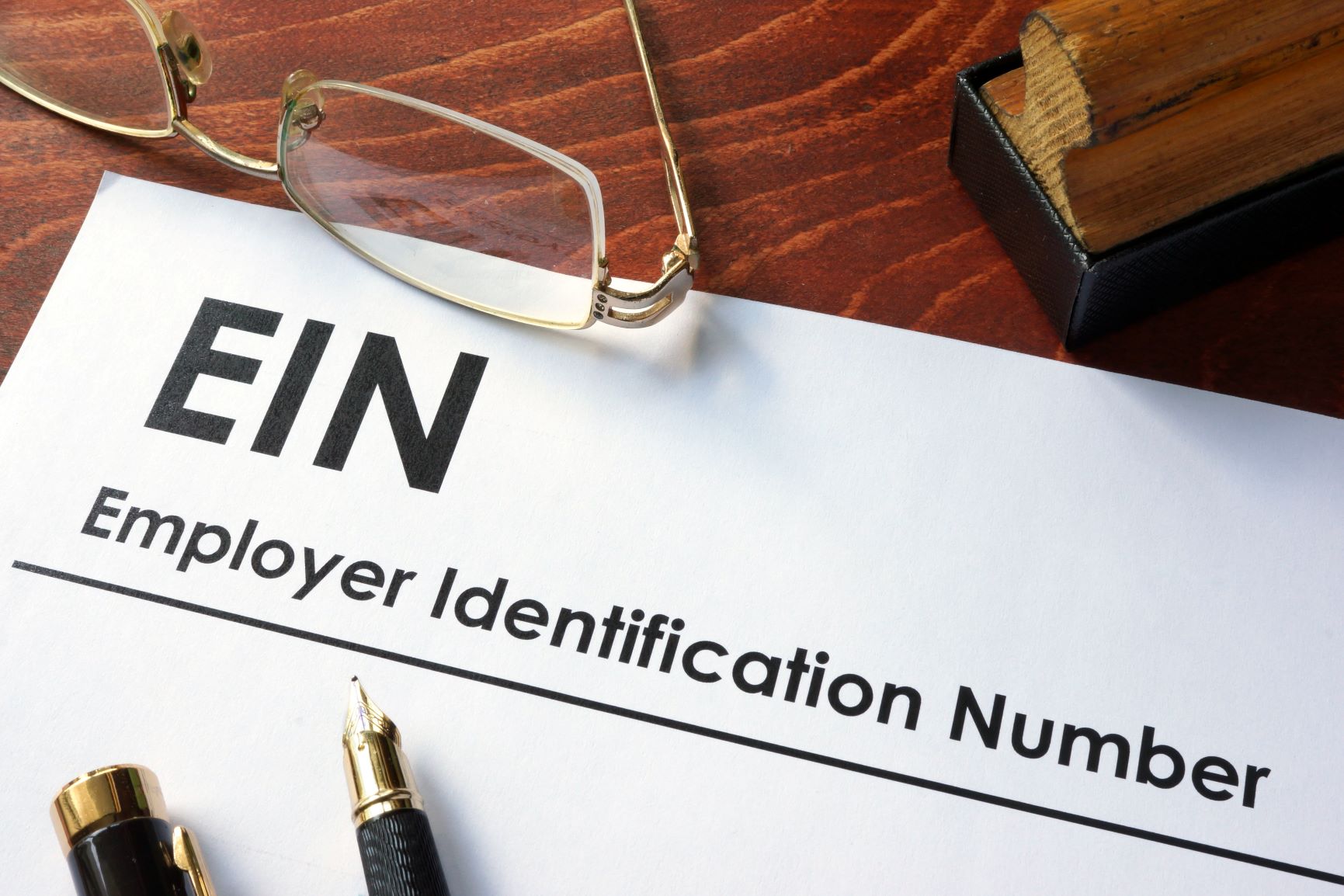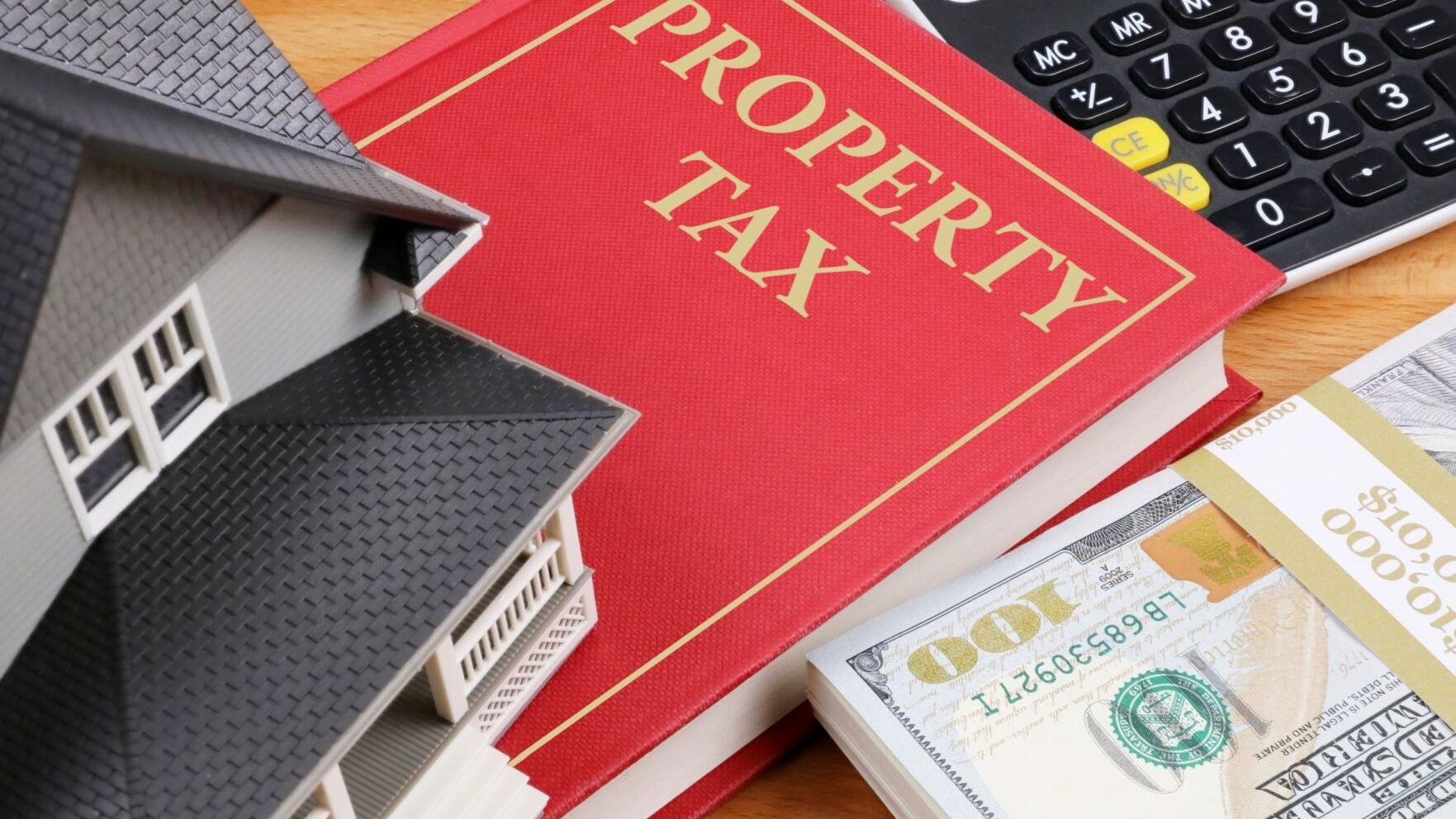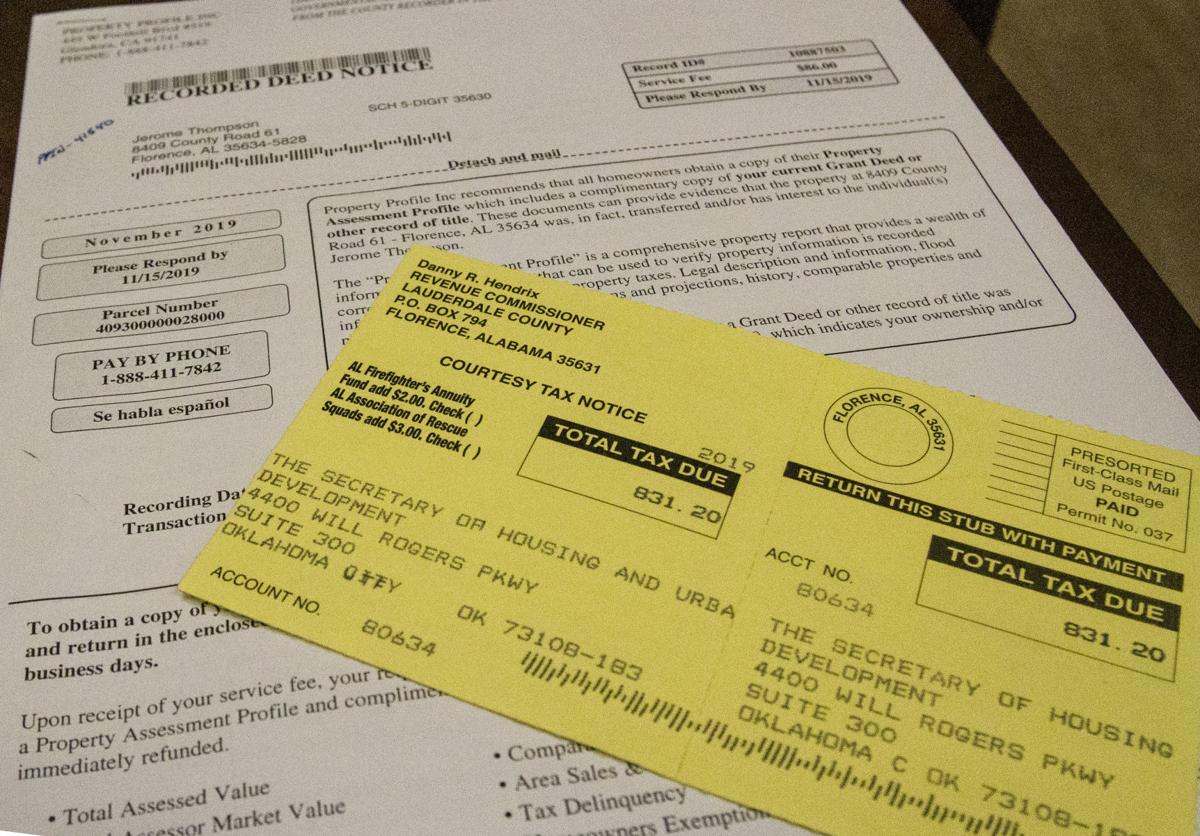Home>Home Maintenance>What Does “Base Year Valuation” Mean On Property Assessment


Home Maintenance
What Does “Base Year Valuation” Mean On Property Assessment
Modified: March 6, 2024
Learn what "base year valuation" means on property assessment and its importance in home maintenance. Gain insights on how it affects your property's value and taxes.
(Many of the links in this article redirect to a specific reviewed product. Your purchase of these products through affiliate links helps to generate commission for Storables.com, at no extra cost. Learn more)
Introduction
Welcome to the world of property assessment! If you’re a homeowner or a prospective buyer, you may have encountered the term “base year valuation” in relation to property assessments. But what exactly does it mean? In this article, we’ll dive deep into the concept of base year valuation and its significance in the realm of property assessment.
When it comes to determining the value of a property for taxation purposes, assessors use various methods and factors. One of these methods is base year valuation, which serves as the foundation for assessing the property’s worth over time.
Understanding the concept of base year valuation is essential for homeowners, as it directly impacts their property tax payments. By grasping the key aspects of this valuation method, you can gain valuable insights into how your property’s value is determined and how it affects your financial obligations.
Key Takeaways:
- Base year valuation sets the starting point for property taxes, providing stability and predictability for homeowners. It ensures fair and consistent taxation, allowing property owners to plan and budget effectively.
- Factors like property size, market conditions, and improvements are considered in base year valuation. Understanding this process empowers homeowners to make informed decisions and navigate property taxes effectively.
Read more: What Does Property Assessment Mean
Definition of Base Year Valuation
Base year valuation refers to the assessed value of a property as of a specific point in time, known as the base year. It serves as the benchmark against which future assessments are measured. The base year is typically set when a property is purchased or when a significant change in ownership occurs.
This valuation method is used to establish a starting point for property assessments and determine the property’s taxable value for subsequent years. The base year value remains constant for a set period, usually several years, and undergoes periodic reassessments to reflect changes in market conditions or property improvements.
The purpose of base year valuation is to provide a stable framework for property taxation and ensure fair and consistent assessment across multiple years. By using a fixed base year, assessors can account for inflation, market fluctuations, and other factors that affect property values over time.
It’s important to note that base year valuation is specific to property taxation and does not necessarily reflect the current market value of a property. The assessed value determined during the base year may not accurately represent the property’s current worth, as market conditions and property improvements may significantly influence its market value.
Importance of Base Year Valuation in Property Assessment
Base year valuation plays a crucial role in property assessment for several reasons. Understanding its importance can help property owners better comprehend the assessment process and how it affects their tax obligations. Here are some key reasons why base year valuation is significant:
- Consistency: Base year valuation provides consistency in property assessments by establishing a starting point that remains unchanged for a set period. This consistency allows for fair and equitable taxation across multiple years, regardless of fluctuations in market values.
- Predictability: By using base year valuation as a reference point, property owners can predict and anticipate future tax liabilities. Since the assessed value is known and remains constant over the base year period, property owners can budget accordingly and plan for property tax payments.
- Stability: Base year valuation brings stability to the property tax system by providing a fixed benchmark against which changes in property values can be measured. It prevents drastic fluctuations in assessed values due to short-term market variations.
- Long-Term Planning: Property owners can make informed decisions about property improvements, renovations, or investments based on the knowledge that the assessed value will remain stable for a certain period. This long-term planning is essential for managing property taxes and maximizing the property’s value.
- Equity: Base year valuation ensures equity in property taxation by treating similar properties in a consistent manner. Property owners with similar properties will have comparable assessed values if they were acquired or experienced significant changes in ownership during the same base year.
Overall, the importance of base year valuation lies in its ability to provide a fair, stable, and predictable assessment framework for property owners. It allows for consistency and equity in property taxation, while also enabling property owners to plan for their tax obligations and make informed decisions about their properties.
Factors Considered in Base Year Valuation
Base year valuation takes into account various factors that influence a property’s assessed value. These factors help assessors determine the value of a property at a specific point in time, serving as the foundation for subsequent assessments. Here are some of the key factors considered in base year valuation:
- Property Size and Location: The size and location of the property are significant factors in determining its value. Assessors consider factors such as lot size, square footage, proximity to amenities, schools, transportation, and overall desirability of the location.
- Market Conditions: Assessors look at the prevailing market conditions at the time of the base year valuation. They consider factors like demand, supply, average sales prices, and trends in the local real estate market to assess the property’s value accurately.
- Comparable Properties: Assessors compare the property to similar properties in the area that have recently sold or undergone assessments. They analyze the sales prices and assessed values of these comparable properties to determine the assessed value of the subject property.
- Physical Condition and Improvements: The condition of the property and any improvements or modifications made to it are taken into account. Assessors consider factors such as the age of the property, the quality of construction, renovations, upgrades, and any structural changes that may affect its value.
- Income Potential: For income-producing properties, assessors evaluate the income potential and profitability of the property. They consider factors such as rental income, operating expenses, vacancy rates, and capitalization rates to determine the property’s value.
- Legal Restrictions and Zoning: Assessors consider any legal restrictions or zoning regulations that may affect the property’s value. These include factors such as building restrictions, conservation areas, historic districts, or zoning limitations that may impact the property’s use or potential for development.
Assessors take a comprehensive approach by considering these factors in combination with each other. They analyze data, conduct property inspections, and utilize valuation models and methodologies to arrive at a fair and accurate assessed value for the base year.
Keep in mind that these factors are specific to the base year valuation and may change in subsequent assessments as market conditions and property characteristics evolve. Regular reassessments ensure that the assessed value stays in line with current market trends and property conditions.
The “base year valuation” on a property assessment refers to the value of the property at a specific point in time, often used as a reference for determining property taxes. It’s important to understand how this valuation is calculated and how it may impact your property taxes.
Calculating Base Year Valuation
Calculating the base year valuation involves a systematic approach that takes into account various factors and methodologies. While the specific process may vary depending on the jurisdiction and assessment practices, here are the general steps involved in determining the base year valuation:
- Data Collection: Assessors begin by collecting relevant data about the property, such as its physical characteristics, location, legal restrictions, and any recent improvements or renovations. They also gather information on comparable properties that have recently sold or undergone assessments.
- Market Analysis: Assessors conduct a comprehensive analysis of the local real estate market, including factors such as supply and demand, average sales prices, and prevailing market trends. This analysis helps establish a context for determining the property’s value.
- Property Inspection: Assessors physically inspect the property to assess its condition, quality of construction, and any improvements or modifications. They gather detailed information about the property’s size, layout, amenities, and overall appeal.
- Comparison to Comparable Properties: Assessors compare the subject property to similar properties that have recently sold or undergone assessments. They analyze the sales prices and assessed values of these comparable properties to gauge the value of the subject property. This approach, known as the sales comparison method, helps establish a benchmark for the base year valuation.
- Income Analysis (if applicable): For income-producing properties such as rental apartments or commercial buildings, assessors analyze the income potential of the property. They consider factors such as rental income, expenses, vacancy rates, and capitalization rates to estimate the property’s value based on its income-generating potential.
- Application of Valuation Approaches: Assessors apply relevant valuation approaches and methodologies, such as the sales comparison method, income approach, or cost approach, depending on the property type and market conditions. These approaches help refine the estimated value and arrive at a final base year valuation.
- Periodic Reassessment: Base year valuations are typically in effect for a certain period, often several years. However, assessors conduct periodic reassessments to update the assessed value based on changes in market conditions and property characteristics.
It’s important to note that the calculation of base year valuation requires expertise, experience, and adherence to established assessment standards and guidelines. Assessors utilize a combination of data analysis, property inspections, and valuation methodologies to ensure a fair and accurate assessment for the base year.
By following these calculated steps, assessors can provide property owners with a reliable base year valuation that serves as a reference point for future assessments.
Impact of Base Year Valuation on Property Taxes
The base year valuation has a direct impact on the amount of property taxes that homeowners are obligated to pay. Understanding how the base year valuation affects property taxes can help property owners plan and budget accordingly. Here are some key factors to consider:
- Tax Rate Calculation: Property taxes are calculated by multiplying the assessed value of the property by the applicable tax rate. The assessed value is often based on the base year valuation. Therefore, any changes in the base year valuation can affect the amount of taxes owed.
- Stability of Tax Payments: The base year valuation provides stability to property tax payments over a specific period. Since the assessed value remains constant during the base year period, property owners can expect a consistent tax obligation, allowing for better financial planning and budgeting.
- Reassessment Impact: Property taxes may change if there are reassessments during or after the base year period. If the reassessed value is higher than the base year valuation, property taxes may increase. Conversely, if the reassessed value is lower, property taxes may decrease. This reassessment process ensures that taxes align with any changes in market values or property improvements.
- Tax Caps and Limitations: Some jurisdictions impose tax caps or limitations that restrict how much property taxes can increase each year. These limitations can impact the amount of tax increase resulting from changes in the base year valuation, providing some protection against large tax hikes.
- Exemptions and Deductions: In certain cases, exemptions or deductions may be available to property owners, such as homestead exemptions or senior citizen discounts. These exemptions and deductions are often based on the assessed value, including the base year valuation, and can help lower the overall tax burden.
- Property Tax Appeals: Property owners have the right to appeal their property tax assessments if they believe the assessed value, including the base year valuation, is inaccurate or unfair. The appeals process allows property owners to present evidence and arguments to support a lower assessed value, which can lead to a reduction in property taxes.
It’s essential to note that property taxes are influenced by various factors beyond the base year valuation. Local tax policies, budgetary needs, and changes in tax rates can also impact the final tax bill. However, the base year valuation serves as a critical component in determining the initial assessed value and establishing a reference point for subsequent assessments.
By understanding the impact of base year valuation on property taxes, homeowners can better plan for their tax obligations and navigate any changes that may occur during reassessment periods.
Challenges and Criticisms of Base Year Valuation
While base year valuation serves as a fundamental component of property assessment, it is not without its challenges and criticisms. Understanding these challenges can shed light on potential issues with this valuation method. Here are some common challenges and criticisms of base year valuation:
- Property Value Fluctuations: One criticism of base year valuation is that it does not account for property value fluctuations between reassessment periods. This means that property owners may be subjected to higher or lower tax burdens based on market conditions that may have changed substantially from the base year valuation.
- Outdated Assessments: Due to the fixed nature of the base year valuation, assessments may become outdated over time. As market conditions or property values change, the base year valuation may no longer accurately reflect the current market value, potentially resulting in inequitable tax assessments.
- Inequitable Distribution of Tax Burden: Critics argue that base year valuation can lead to an unfair distribution of tax burden. Property owners who purchased their properties during a high real estate market may be burdened with higher taxes for an extended period, while those who purchased during a low market may benefit from lower taxes for a significant time.
- Overburdening Property Owners: Base year valuation can put a heavy tax burden on property owners who have made significant improvements or renovations to their properties. If these improvements are not reflected in the base year valuation, property owners may be subjected to higher taxes without any proportional increase in services or benefits.
- Market Distortions: Another criticism is that base year valuation can lead to market distortions. Property owners may be reluctant to make property improvements or sell their properties due to concerns about the potential tax implications associated with a higher assessed value.
- Lack of Flexibility: Base year valuation is inherently inflexible as it remains constant for a predetermined period. This lack of flexibility may fail to capture sudden changes in market conditions or significant property improvements that could impact the property’s assessed value.
It’s important to note that these criticisms and challenges are intrinsic to the base year valuation method itself and not necessarily indicative of its complete inadequacy. Efforts are continuously made to refine assessment practices and address these concerns, such as implementing regular reassessment cycles, incorporating market updates, or introducing alternative valuation methods.
By keeping these challenges and criticisms in mind, assessors and policymakers can work towards developing fair and equitable assessment practices that accurately reflect the current market values and mitigate the potential drawbacks of base year valuation.
Conclusion
Base year valuation is a fundamental component of property assessment and plays a pivotal role in determining property taxes. It establishes a starting point for assessments, providing stability, consistency, and predictability for property owners. By understanding base year valuation and its impact on property taxes, homeowners can better plan and budget for their tax obligations.
While base year valuation has its challenges and criticisms, such as its potential to become outdated or inequitable distribution of tax burden, efforts are made to address these concerns through periodic reassessments and alternative valuation methods. Assessors analyze factors such as property size and location, market conditions, comparable properties, physical condition, and income potential to arrive at a fair and accurate assessed value for the base year. This value remains constant for a predetermined period, serving as a reference point for subsequent assessments.
It’s crucial to note that base year valuation doesn’t necessarily reflect the current market value of a property. As market conditions and property characteristics evolve, reassessments may be conducted to adjust the assessed value accordingly.
Understanding the concept of base year valuation empowers property owners to navigate the property tax system more effectively. By familiarizing themselves with the factors considered in valuation, the calculation process, and the impact on property taxes, homeowners can make informed decisions about their properties and plan for their financial obligations.
In conclusion, by grasping the intricacies of base year valuation, property owners can gain valuable insights into how their property’s value is assessed and how it influences their property tax payments. By staying informed and engaging in the assessment process, property owners can ensure fairness, accuracy, and transparency in property taxation.
Frequently Asked Questions about What Does "Base Year Valuation" Mean On Property Assessment
Was this page helpful?
At Storables.com, we guarantee accurate and reliable information. Our content, validated by Expert Board Contributors, is crafted following stringent Editorial Policies. We're committed to providing you with well-researched, expert-backed insights for all your informational needs.















0 thoughts on “What Does “Base Year Valuation” Mean On Property Assessment”